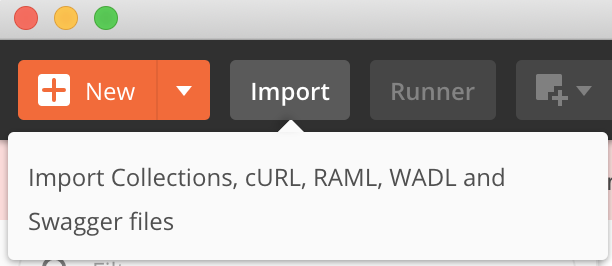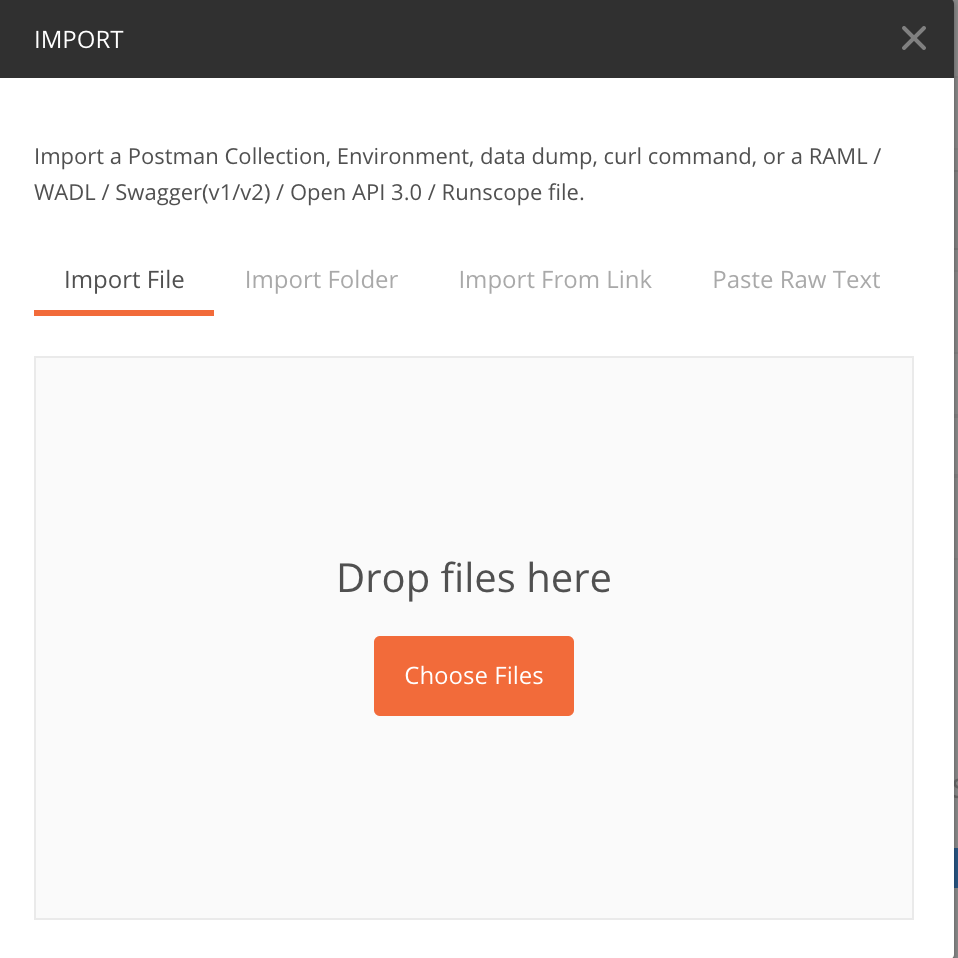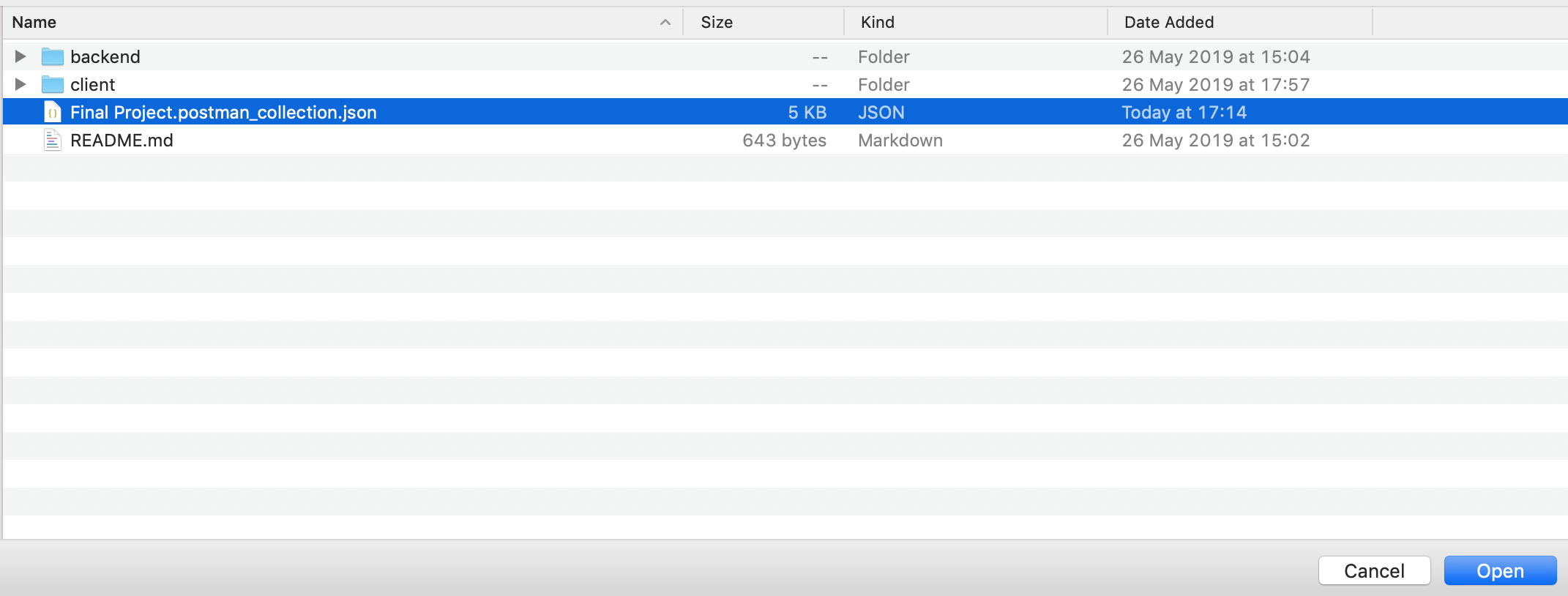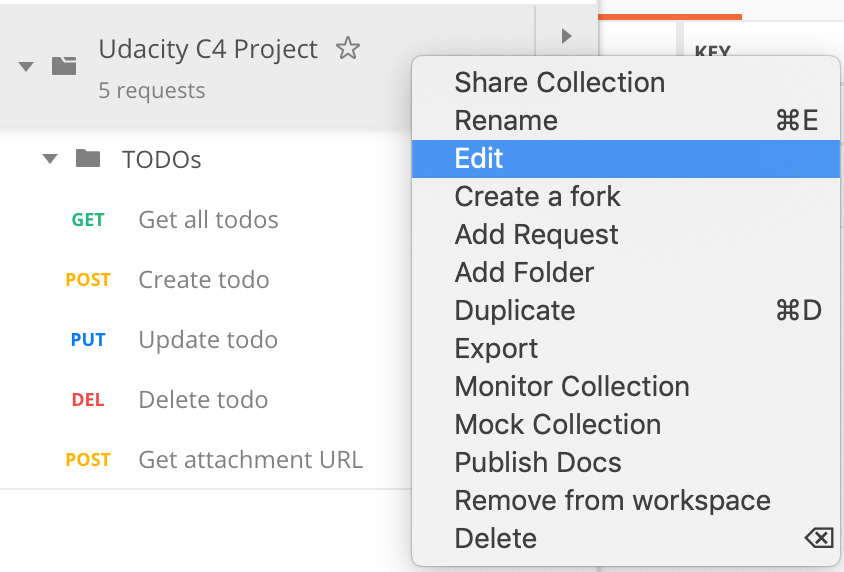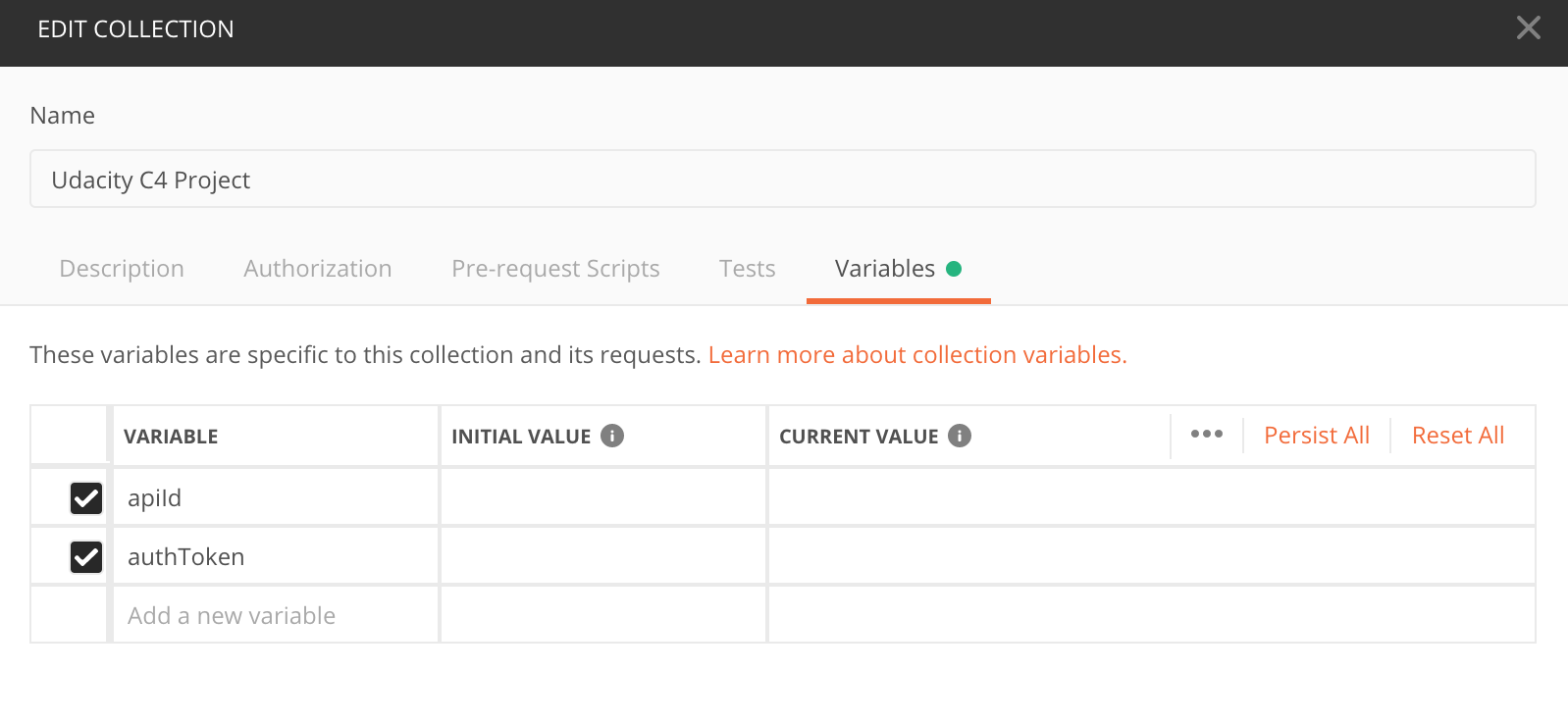To implement this project you need to implement a simple TODO application using AWS Lambda and Serverless framework. Search for all the TODO: comments in the code to find the placeholders that you need to implement.
This appliation will allow to create/remove/update/get TODO items. Each TODO item can optionally have an attachment image. Each user only has access to TODO items that he/she has created.
To implement this project you need to implement the following functions and configure them in the serverless.yml file:
Auth- this function should implement a custom authorizer for API Gateway that should be added to all other functions.GetTodos- should return all TODOs for a current user.CreateTodo- should create a new TODO for a current user. A shape of data send by a client application to this function can be found in theCreateTodoRequest.tsfileUpdateTodo- should update a TODO item created by a current user. A shape of data send by a client application to this function can be found in theUpdateTodoRequest.tsfileDeleteTodo- should delete a TODO item created by a current user. Expects an id of a TODO item to remove.GenerateUploadUrl- returns a presigned url that can be used to upload an attachment file for a TODO item.
All functions are already connected to appriate events from API gateway
An id of a user can be extracted from a JWT token passed by a client
You also need to add any necessary resources to the resources section of the serverless.yml file such as DynamoDB table and and S3 bucket.
The client folder contains a web application that can use the API that should be developed in the project.
To use it please edit the config.ts file in the client folder:
const apiId = '...' API Gateway id
export const apiEndpoint = `https://${apiId}.execute-api.us-east-1.amazonaws.com/dev`
export const authConfig = {
domain: '...', // Domain from Auth0
clientId: '...', // Client id from an Auth0 application
callbackUrl: 'http://localhost:3000/callback'
}To complete this exercise please follow the best practices from the 6th lesson of this course.
To store TODO items you might want to use a DynamoDB table with local secondary index(es). A create a local secondary index you need to a create a DynamoDB resource like this:
TodosTable:
Type: AWS::DynamoDB::Table
Properties:
AttributeDefinitions:
- AttributeName: partitionKey
AttributeType: S
- AttributeName: sortKey
AttributeType: S
- AttributeName: indexKey
AttributeType: S
KeySchema:
- AttributeName: partitionKey
KeyType: HASH
- AttributeName: sortKey
KeyType: RANGE
BillingMode: PAY_PER_REQUEST
TableName: ${self:provider.environment.TODOS_TABLE}
LocalSecondaryIndexes:
- IndexName: ${self:provider.environment.INDEX_NAME}
KeySchema:
- AttributeName: partitionKey
KeyType: HASH
- AttributeName: indexKey
KeyType: RANGE
Projection:
ProjectionType: ALL # What attributes will be copied to an index
To query an index you need to use the query() method like:
await this.dynamoDBClient
.query({
TableName: 'table-name',
IndexName: 'index-name',
KeyConditionExpression: 'paritionKey = :paritionKey',
ExpressionAttributeValues: {
':paritionKey': partitionKeyValue
}
})
.promise()To deploy an application run the following commands:
cd backend
npm install
sls deploy -v
To run a client application first edit the client/src/config.ts file to set correct parameters. And then run the following commands
cd client
npm install
npm run start
This should start a development server with the React application that will interact with the serverless TODO application.
serverless remove --stage dev --region us-east-1
An alternative way to test your API you can use the Postman collection that contains sample requests. You can find a Postman collection in this project. To import this collection do the following.
Click on the import button:
Click on the "Choose Files":
Select a file to import:
Right click on the imported collection to set variables for the collection:
Provide variables for the collection (similarly to how this was done in the course):
